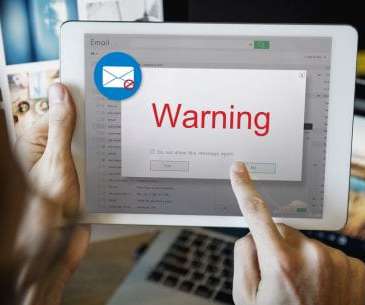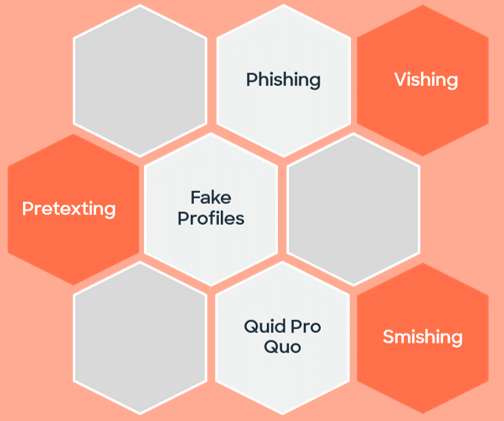Deep Dive: Emerging Security Threats Facing The CU Space And How Data Analytics Can Help
PYMNTS
MAY 4, 2020
Three common forms of fraud that can threaten credit unions (CUs) are check fraud, card fraud and automated clearing house (ACH) fraud, and fraudsters often deploy phishing emails to deceive and defraud customers. Rise in Phishing Attacks and Data Breaches. Phishing attacks can also target CU employees.











Let's personalize your content